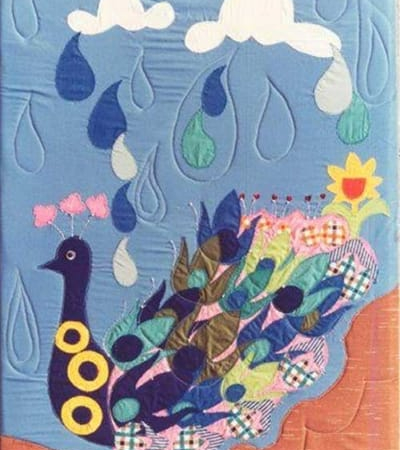Design is the intentional creation of form, system, and experience. It blends creativity, purpose, and culture. At The Karachi Collective, we examine design in South Asia as a process rooted in tradition, identity, and innovation.
Design spans disciplines—graphic, textile, digital, urban, and editorial. Whether shaping public space or storytelling through visual form, design is central to how we live, interact, and imagine futures.
History of Design
The history of design in South Asia is deeply embedded in its visual culture. From Mughal architecture and calligraphy to craft traditions and modernist graphic design, design has long reflected shifts in aesthetics, power, and identity.
Postcolonial movements introduced new design ideologies across the region. Today, designers reinterpret these legacies in response to social, ecological, and technological change.
Design Education
Design education in South Asia spans formal institutions, community workshops, and informal learning. Universities like the National College of Arts and design schools across the region have redefined design training by incorporating context, critique, and creativity.
There is growing emphasis on interdisciplinary learning—connecting design with research, storytelling, sustainability, and social practice.
Design Process
Rational Model
The rational model treats design as a problem-solving method. It follows linear steps: research, idealisation, prototyping, and execution—common in UX, engineering, and industrial design.
Criticism of Rational Model
Critics argue that rational models can overlook human emotion, cultural nuance, and improvisation—especially in social and creative fields
Action-Centric Model
In contrast, the action-centric model centers learning-by-doing. Design evolves through making, testing, and iteration. This approach aligns with artistic, craft-based, and community practices.
Philosophies of Design
Design philosophies reflect values and worldviews. In South Asia, design is often a tool for storytelling, resistance, and reimagination. Key approaches include:
-
Functional Design – Design should serve purpose efficiently.
-
Ethical & Sustainable Design – Focus on community and environment.
-
Critical Design – Challenges assumptions, questions systems.
-
Cultural Design – Reflects heritage, memory, and local identity.
Types of Design
Design in South Asia is diverse and interdisciplinary:
-
Graphic Design – Posters, books, typography.
-
Textile Design – Weaving, print, embroidery.
-
Digital Design – UI, websites, apps.
-
Product Design – Everyday functional objects.
-
Urban Design – Cities, infrastructure, public spaces.
-
Exhibition Design – Gallery layouts, installations.
-
Editorial Design – Magazines, zines, visual publications.
Frequently Asked Questions (FAQ)
What is design in simple terms?
Design is the intentional process of creating visual, physical, or digital solutions that serve a purpose. It blends creativity with function to improve how we interact with the world.
How does design reflect South Asian culture?
In South Asia, design is rooted in tradition, storytelling, and craft. It reflects cultural identity, memory, and heritage—while evolving through modern technology and social change.
What are the main types of design?
Key types of design include graphic design, textile design, product design, digital design, and urban design. Each serves different functions across creative and cultural fields.

